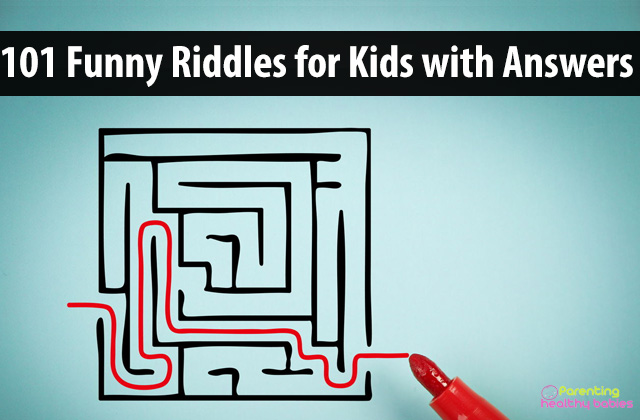When a baby takes more milk into the mouth than he can swallow at a time then choking occurs. Excess milk can enter the airway and can block the airway which leads to choking. It is possible to avoid this problem while feeding a baby, with good understanding.
Why Do Babies Choke While Breastfeeding?
Many mothers wonder, can a baby choke on milk? The answer to this question is yes, they can choke under certain circumstances. Babies choke while feeding when there is excess milk coupled with poor feeding positions. Following are the ways in which this happens:
Milk Oversupply
Some mothers consider excess breast milk better than insufficient milk supply, but this carries its own set of discomforts for both the mother and the baby. Oversupply of milk to the baby means a mother will need to try different positions for a comfortable feed.
Forceful Let-down
For women who have a fast Milk Ejection Reflex, excessive milk supply leads to forceful let-downs. The milk is released in a forceful, explosive manner from their milk ducts. A mother should look for the following signs while feeding a baby:
- Choking, gagging, coughing, or gasping while feeding
- To slow down the milk flow clamping down of the baby on the nipple
- Pulling away from the breast
- Spitting up frequently
- Refusing to nurse
What To Do When Baby Chokes While Breastfeeding?
There are first aid methods that can be used to dislodge the milk from blocking the airways when a mother finds her baby choking on milk. It must be done with caution as babies have delicate bodies. Here are some tips which should be done when a baby choke while breastfeeding:
- A mother should pick up the baby while supporting the head and she should put her arm around the baby’s chest while bending it forward slightly. Inward thrust is applied by placing a clenched fist on the baby’s navel, and other hand over the fist. The thrusts should be hard and should be slightly upwards into the baby’s abdomen.
- To open up the airways babies are turned upside down and intermittent back blows are given and chest thrusts combined with gentle taps are given to the back. The chest thrusts should be given with two or three fingers on the lower half of the breastbone and support the head with the other hand. This should be continued by a mother until the block is removed.
- It is important to note that if a baby doesn’t recover and becomes unconscious then a mother should go to the nearest hospital.
How To Prevent A Baby From Choking While Breastfeeding
There are many ways in which a mother controls the problem of oversupply and prevents the baby from choking. Following are some tips which help to prevent a baby from choking while breastfeeding:
- A good start is when a mother slows down her milk supply, as forceful let-down occurs when there is too much accumulation of milk in the breasts. When a mother breastfeeds from one breast say the left side breast, then she should press the nipple of the right side with the palm of the right hand and count to five. By doing this several times per feed, a counter pressure is generated which sends a signal to the body not to let down milk in that side breast.
- A mother should ensure that the baby is latched properly or not. Because who does not have a deep latch on the nipples, choke often while feeding. When babies latch improperly the milk which should go straight down into the throat accumulates in their mouth. On the other hand, there is a better flow of milk by firm latching.
- Uphill feeding position is also beneficial, as milk has to work against gravity to flow and it avoids letdowns. Baby in arms and mother recline on a surface is also a good feeding position.
- Another position in which milk works against gravity is down under position. In this position, the mother lies down on her back and the baby is on top, such that the baby’s tummy touches the mother’s. This can lead to plugging of the milk ducts so this shouldn’t be done too often.
- When a breast feels uncomfortable, then a mother can express some milk from it and apply a cool compress to relieve the discomfort. As she continues this procedure, express lesser milk, until there is no need to do so.
A mother should avoid stimulating the breast in the form of unnecessary pumping, running water on them during a shower.
How Often A Baby Should Feed?
Excessive milk can harm a baby, so if a mother has an oversupply of milk produced, there is no need to feed the baby. A mother should pump out the excess if required. A baby should be feed as long as he is satiated. Following are the signs of hunger in a baby:
- If the baby turns towards the breasts when picked up
- If he imitates sucking motions
- If he has his hands in the mouth
- If the baby has sudden bursts of excitement
8-12 feeds per day, each lasting for 30-40 minutes is an ideal amount of feedings. Based on growth spurts, metabolism, etc. this number may differ for each baby. Feed a baby until he is satisfied, and this happens when the baby automatically let’s go, rather than limiting sessions.
When a mother takes precautionary measures before and during feeding then choking in babies while feeding can be avoided.
Sources:













